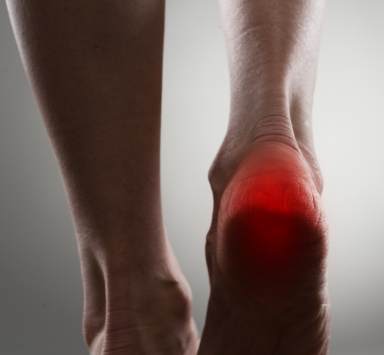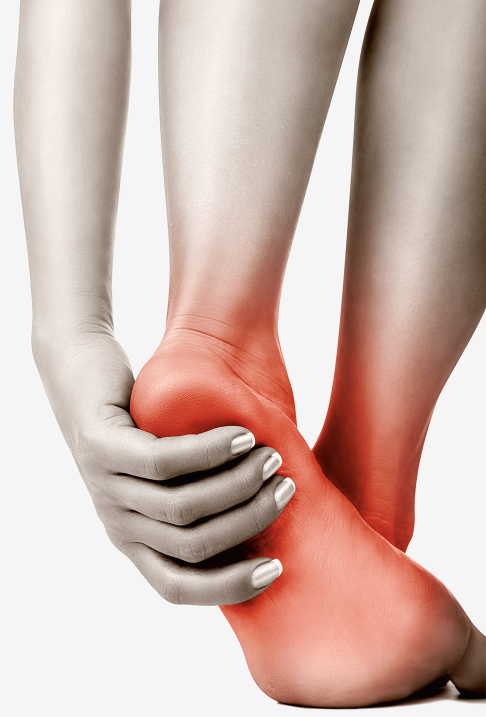Overview of Heel Spurs and Their Effects on Everyday Living
Commonly affecting many individuals, heel spurs cause great pain and suffering in the heel region. Usually linked with plantar fasciitis, heel spurs are bony growths forming on the bottom of the heel bone. Particularly with prolonged standing or walking, this disorder may produce searing discomfort. Early management of heel discomfort can prevent persistent problems. Whether by expert therapy or at-home treatments, this article will discuss the best way to treat heel spurs and how you could discover successful answers to control your disease.

Identifying the Factors Affecting Heel Spurs
Usually resulting from chronic foot stress, heel spurs develop from Inappropriate shoes, obesity, or other disorders like flat feet or arthritis may all cause. The constant pressure over time causes a bone spur in the heel to develop. Although some individuals may not feel any pain, others could have acute discomfort — particularly when jogging or walking. Treating heel spurs best by tackling the underlying reasons for the disorder, including improving posture or choosing appropriate shoes to lower foot pressure.
Conservative Heel Spurs Treatment Choices
Conservative therapy is usually the initial step in controlling heel spurs for patients with mild to severe heel discomfort. Resting the afflicted foot, icing it, and using over-the-counter painkillers may help to lower inflammation and ease discomfort. Stretching activities also assist the tendons and ligaments surrounding the heel release stress. While wearing shoes with appropriate arch support will help to avoid more discomfort, custom orthotics or cushioned insoles can provide further support. Personalized treatment regimens aiming at the optimum approach to treat heel spurs usually call for seeing a professional.
When Should One See a Professional Regarding Heel Pain?
It may be an ideal opportunity to see a specialist on the off chance that your heel distress endures even with at-home cures. A podiatrist can help with deciding the basic reason for the inconvenience and suggest a strategy fitting for your circumstance. Should the heel spur be quite severe, one might consider physical therapy, corticosteroid injections, or even surgery. Many patients find that expert treatment accelerates healing and prevents further injury. Search for clinics specializing in foot and ankle care if you’re asking about a heel pain treatment near me because they provide the finest possibility for a good recovery.

Surgeries for Severe Heel Spurs
Sometimes, heel spurs need surgery when other therapies are unable to provide relief. Among surgical options are techniques to relax the tight plantar fascia or remove the heel spur. Usually reserved for severe instances where all other therapies have not been successful, these surgeries include Although surgery has great success, it carries hazards and calls for some recovery time. Based on the degree of your problem and general state of health, your doctor may evaluate if surgical surgery is the best approach to treat heel spurs.
Conclusion:
Though they may seriously affect your quality of life, heel spurs do not have to prevent you from leading a pain-free life. Understanding the reasons for heel pain and investigating both conservative and professional therapy choices will help you choose a suitable solution for you. Whether it’s stretching, physical therapy, or more extreme situations, surgery, the best approach to cure heel spurs is to seek the correct treatment for your ailment. Visit northernbeachesheelpainclinic.com.au for individualized guidance and professional treatment choices that will help reduce your pain and get you back on your feet if you are seeking heel discomfort treatment close by.
.png)
Comments
Post a Comment